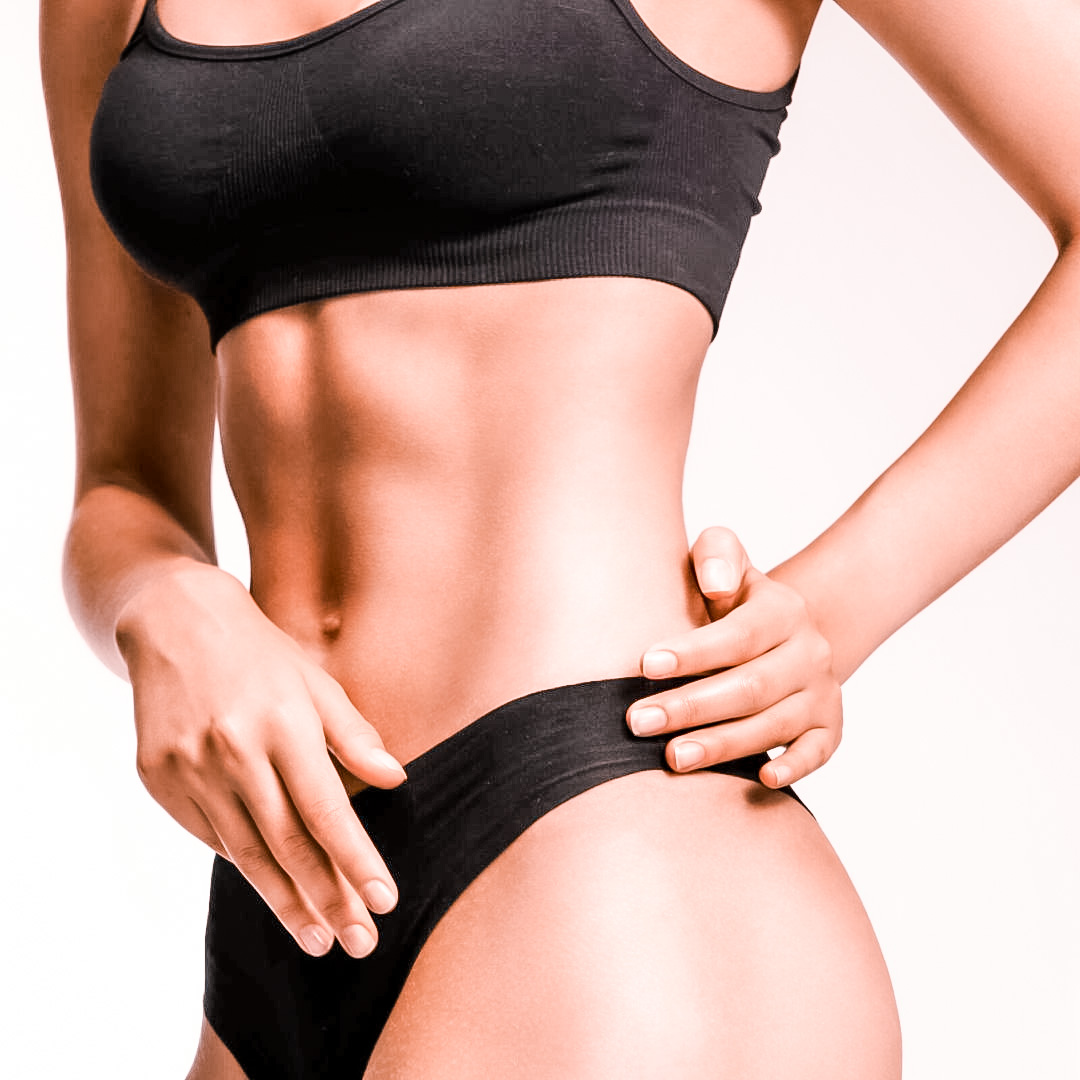Sometimes it’s hard to tell facts from fitness myths. It’s all about knowing what feels good to you and what works for your body. Here at Women’s Fitness Philippines, we believe that there’s no one way to be a fit woman. Lockdown or not, keeping yourself fit and healthy is an absolute priority. At the end of the day, our health is one of our most prized possessions.
And though we know this to be true, keeping yourself healthy can be difficult especially if you don’t know what to do and there’s no shame in that. We do our online research (which is probably why you’re here!) to see what types of workouts could help our specific needs. We watch countless videos of recipes that can help us drop the extra pounds, and continuously seek advice from people we know.
There’s nothing wrong with those methods, the problem with hearsay is you’re never sure if it’s true. Not to mention, what works for your friends may not necessarily work for you.
We asked different women of the advice they’ve been getting from friends and consulted Dr. Cara Young about them. Here are the top 3 fitness myths we discovered, and are debunking today!
There’s no one way to be a fit woman.
FITNESS MYTH #1: “Lifting weights will automatically make your body bulky.”

Some women fear the idea of lifting weights because of the common misconception that when you lift weights, you will bulk up in muscle and look manly.
This is not true. In fact, women can only gain a rate of 0.5 – 1 pound of muscle mass per month even with consistent strength training. That’s because women are built with less levels of testosterone in their body as compared to our male counterparts. So even if you train consistently over the course of a few months, you won’t become bulky (unless you get supplemental help, which is a whole different ball game).
Lifting weights or strength training for women will allow them to build lean muscle mass which helps them get that fit and toned-look most women want. Women who lift also get the advantage of having a faster metabolism. One pound of muscle burns 6 to 10 calories per day compared to one pound of fat which only burns 2 to 3 calories per day. So, the more muscle mass you have, the more calories you get to burn – even at rest.
More than getting toned, lifting weights helps let you do your daily activities better, such as carrying grocery bags, carrying your child, or even walking around for a longer period of time. When you have strong muscles, you also have strong bones, which will help you avoid osteoporosis later down the road.
The more muscle mass you have, the more calories you get to burn – even at rest.
FITNESS MYTH #2: “Carbohydrates make you fat.”

Eating Carbohydrates is not the reason you’re gaining weight. You’re gaining weight because you are consuming more calories than you’re burning. The caloric excess is what causes your weight gain.
Carbohydrates are what the body uses to give us energy in anaerobic workouts such as lifting weights, strength training and high-intensity interval training (HIIT). Calories on the other hand, is the energy given to us by food and when in excess, will be stored as fat.
Women tend to store more fats in the lower body which is why most women have that pear-shape figure.
Calories are made up of four macronutrients: carbohydrates, protein, fats and alcohol. All these four macronutrients, when in excess, can create a caloric surplus which is what makes us gain weight.
One pound of fat is equal to 3500 calories. Therefore, eating an extra 3500 calories will make you gain one pound of fat.
The good news is, one pound of fat is not often gained overnight but in a span of a few days to weeks. In order to lose the fat gained from caloric excess, adding exercise regularly and eating in a slight caloric restriction with balanced macronutrients will help slowly lose the fat gained.
Eating carbohydrates is not the reason you’re gaining weight.
FITNESS MYTH #3: “Fasted cardio makes you lose more weight.”

Fasted state cardio is when you do endurance training, before eating anything – this usually happens in the morning. Fed cardio, on the other hand is when you do endurance training after having a meal (and giving it enough time to digest, of course.)
With fasted cardio, yes, you use fat and stored glycogen as energy, since you have not eaten anything yet. And fed state cardio uses the energy that comes from the meal you just ate, but that matters much less because fat loss results come from the caloric deficit that you have created at the end of the day.
So even if you consistently do fasted cardio, if you consume more than you burn, you still won’t lose fat.
The best time to do cardio is, it’s when you have time for it. We all have different schedules. Some of us have 9 to 5 jobs, some take the night shift, some are morning people, some have to work around their kids’ schedules. There is no singular answer as to when it’s best for you to workout. Workout when you can.
The best time to do cardio is when you have time for it.
If you’re looking for a way to effectively lose weight, think of it as if you were budgeting. Your money is your daily calories. You have a certain amount of calories a day, and it’s up to you to decide where to use it. You can use it on protein, on carbohydrates, on fats, wherever you want – so long as you’re making more than you’re spending. In this case, you are burning more calories than you’re consuming.
At the end of the day, your health and fitness is a personal preference. The more you experiment on different fitness techniques, the better you’ll understand which ones you prefer. If you’re about to embark on your fitness journey and want more advice follow us on Instagram, and send us your questions!






